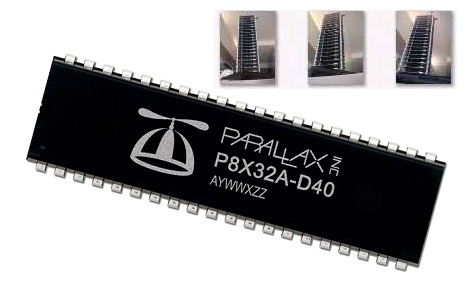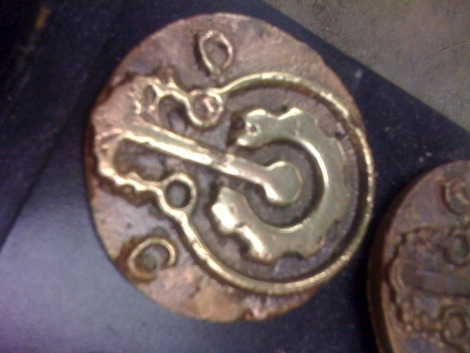
This contraption lets you decorate your cake at the push of a button. It’s a stretch to call it computer aided as this is purely a mechanical monster, but we still enjoy the apparatus and see its CNC potential (we’re still waiting for that pizza printer to hit the market too). An icing syringe has been modified with a flexible hose on the business end. As constant pressure is applied to the plunger, the nozzle oscillates while the cake rotates. What results is a spirograph drawing on the top of your dessert. But the fun doesn’t stop there. Another push of the button and you get shiny silver orb candies joining in the party.
What, no video? Aw! If you know where to find a clip, let us know and we’ll update this post.
[Thanks Mowcius]
















